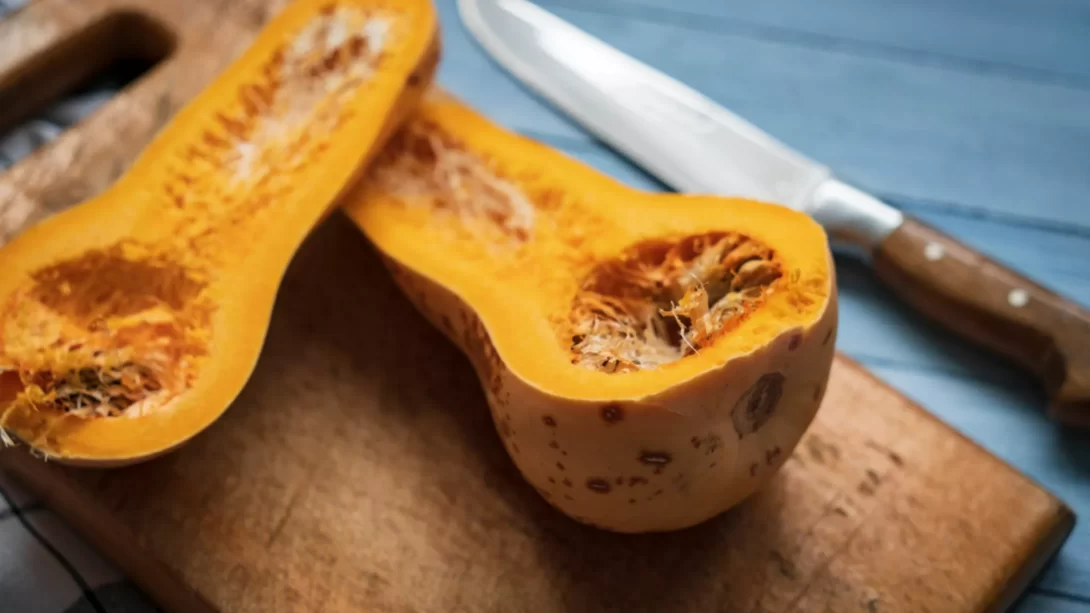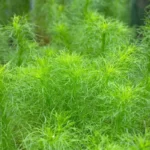Butternut squash, a popular and nutritious winter vegetable, can be a delicious addition to a variety of dishes. However, like all produce, it has a finite shelf life, and it’s important to know how to determine if it’s gone bad. Understanding the signs of spoilage not only ensures the quality and taste of your meals but also safeguards your health.
External Signs of Spoilage
The first step in assessing the freshness of butternut squash is examining its external appearance. A healthy squash should have a firm, matte skin without any significant blemishes. Look out for dark spots, mold, or extensive discoloration, as these are clear indicators of decay. Another sign of spoilage is the texture of the skin. If you press gently and find soft spots or if the skin feels mushy, the squash is likely past its prime.
Internal Indicators
After checking the exterior, the next step is to look inside. When you cut open the squash, observe the color and texture of the flesh. Fresh butternut squash should have a bright orange hue and a firm texture. An off smell, a slimy texture, or any signs of mold inside the squash are red flags. These internal signs of spoilage are especially important to notice, as they can be present even if the exterior looks normal.
Checking for Freshness
Selecting a fresh butternut squash is crucial for enjoying its best quality and flavor. When shopping, choose squashes that feel heavy for their size and have a uniformly hard skin without cracks or soft spots. The stem should be intact and dry. A dull, matte finish on the skin is a good sign; a glossy skin can indicate that the squash was picked too early. Also, a deep beige color is typically a sign of a well-ripened squash.
Storage and Shelf Life
Proper storage is key to prolonging the shelf life of butternut squash. It should be stored in a cool, dry, well-ventilated area, ideally between 50-60°F (10-15°C). Avoid storing squash in direct sunlight or near heat sources, as this can cause it to deteriorate faster. When stored correctly, a whole butternut squash can last for about a month or even longer. However, once cut, it should be wrapped in plastic, refrigerated, and used within a week.
Safety and Health Implications
While a slightly overripe butternut squash may just have diminished flavor or texture, consuming a squash that has gone bad can pose health risks. Spoiled squash can harbor harmful bacteria or toxins that can lead to foodborne illnesses. If you’re in doubt about the freshness of your squash, especially if it shows external signs of spoilage or has an off odor, it’s safer to discard it.
Conclusion
Determining whether butternut squash is bad involves a combination of visual inspection, feeling for texture, and smelling for any off odors. Remember, the external appearance can give the first clue — look for dark spots, mold, or a mushy texture. Internally, be aware of any changes in color, texture, or smell. When selecting butternut squash, opt for those with a matte skin, no soft spots, and a heavy feel.
Proper storage is essential in maintaining the freshness of butternut squash. Store it in a cool, dry place if uncut, and refrigerate it when it’s sliced. Paying attention to these details not only ensures you enjoy the rich flavors and nutritional benefits of the squash but also safeguards against potential health risks associated with spoiled produce.
Regularly checking your butternut squash, along with all other produce, is a good practice for any conscientious cook or gardener. By following these guidelines, you can confidently determine the freshness of your butternut squash and enjoy this versatile vegetable at its best.



